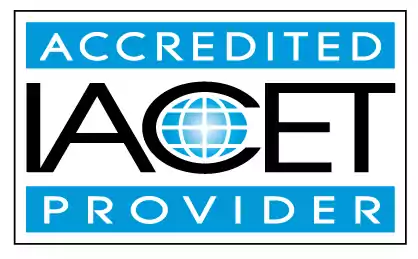Describe nonverbal communication as it relates to coaching and mentoring.
Learn how nonverbal communication plays a crucial role in coaching and mentoring, especially in the context of intercultural communication. Gain insights into the impact of cultural differences on effective communication within early childhood education and child care centers.Trainings incorporating this outcome
CDA Subject Areas
Proficiency Level
120 hours courses
5 hours courses
Related Outcomes
- Explain intercultural communication as it relates to coaching and mentoring.
- Describe the steps to use when collaborative coaching with teachers are not a match.
- Describe ways to communicate effectively with others.
- Identify the ways Home visitors take on the role of coach or mentor with families.
- Explain various methods of providing performance feedback in coaching and mentoring.
- Describe the importance of responding sensitively to differences in individual communication styles.
- Distinguish between the personalities of coaches and mentors
- Describe the rights of children and families and their relation to home visiting.
- Identify coaching and mentoring strategies.
- Demonstrate understanding of the importance of professional etiquette while coaching and mentoring.
- Identify strategies for coaching and mentoring individuals with challenging personalities.
- Describe how sign language can be used as a means of communication with infants
- Identify if coaching and mentoring is for you.
- List strategies for coaches and mentors on how to apply DEI practices in child care.
- Give examples of tools that record and communicate critical information to other staff and families.
- Demonstrate appropriate/effective responses as they relate to a variety of typical child care scenarios.
- Explain successful communication skills in early childhood education.
- Define differentiated instruction in early childhood education and describe how it may look in the classroom.
- Describe the proper procedures of medication administration including: authorizations forms, documentation, storage, training, emergent issues, and resources.
Related Articles
- The Importance of Communication in Early Childhood Development
- Communicating with Families: A Key Skill for CDA Credential Holders
- How the CDA can help you communicate
- Developing Your CDA Professional Philosophy Statement
- Becoming a Child Care Teacher in Massachusetts: How the CDA Credential Can Help
- Understanding the CDA Competency Standards: A Key to Earning Your Credential
- Why the CDA Credential Matters for Your Career
- CDA Insights: Inside The Classroom
- Professional Growth and Continuing Education for Early Educators CDA
- CDA Portfolio Checklist: A Guide for CDA Candidates
- Building Your CDA Professional Portfolio: Understanding the Cover Sheet
- How Indiana Child Care Providers Can Benefit from the CDA Credential
- Preparing for the CDA Verification Visit: A Comprehensive Guide
- Empowering Preschool Teachers: The Benefits of Earning Your CDA
- Earning your CDA Helps Bring Inclusion to the Classroom
- The Magic of Lesson Planning and the CDA
- Why do you need to include Family Questionnaires in the CDA Professional Portfolio
- Exploring the Benefits of Becoming a Certified Child Development Professional
- Understanding the CDA Verification Visit: What to Expect and How to Prepare
- Everything You Need to Know About the CDA Exam and How to Prepare
 12 CEUs
12 CEUs